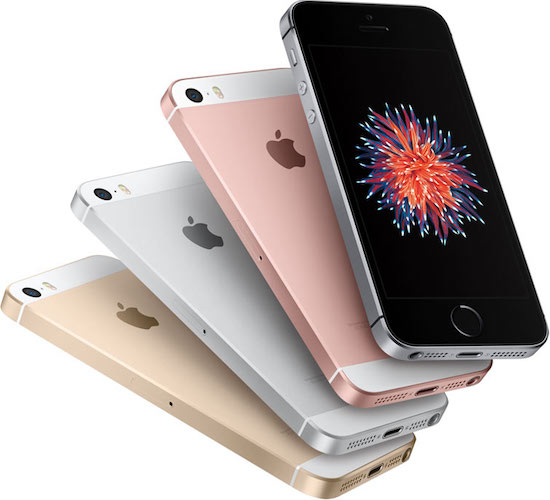
 January 26, 2016: After nine years of spectacular growth, iPhone sales flatline for the first time.
January 26, 2016: After nine years of spectacular growth, iPhone sales flatline for the first time.In numbers posted by Apple for the last three months of 2015, iPhone sales grew by only 0.4 percent over the holiday season. That compared quite unfavorably with the 46 percent jump recorded during the same period a year earlier.
Peak iPhone?
Apple sold 74.8 million iPhones during the period, up from 74.46 million in the calendar fourth quarter of 2014. For years, analysts questioned when Apple would hit “peak iPhone.” For the first time, it seemed the answer might be “yes.”The fault didn’t necessarily lie with Apple, although the iPhone 6s was arguably the least-exciting upgrade (even by interim “s” release standards) in years. Instead, the iPhone slump had a lot to do with slowing worldwide growth for smartphones. Overall smartphone sales sank to their lowest level since 2013, according to researchers at Gartner.
This was true in the United States and other mature markets, where fewer people were buying their first smartphones. Apple therefore concentrated on catering to its existing customer base, as well as whatever users it could steal from rivals. The slowdown also hit China, which Apple touted as its future biggest market. Apple CEO Tim Cook noted that, while Apple made great strides in the Asian country, the company “started to see some economic softness in greater China in recent months, most notably in Hong Kong.”
The fact that Apple hadn’t created a new product category to pick up the slack only compounded the problem. Other product lines declined, too. The company sold 4 percent fewer Macs and just 16.1 million iPads in the quarter (down from 21.4 million in the same period in 2014)
 .
.The Apple Watch and Apple TV, meanwhile, generated just a fraction of Apple’s total revenue. As a result, Cupertino treated them more like hobbies than potential iPhone-beaters.
Apple did post record revenues for the quarter. However, this marked a trend that continues, as the company’s meteoric rise from the 2000s onward began to lose momentum.
Also on this day in Apple history…
While the announcement of slowing iPhone sales is probably the most important Apple event to take place on January 26, it’s fun to use these “Today in Apple history” posts to look back a bit further at times.On January 26, 1999, Apple reached a settlement with the Federal Trade Commission to reimburse customers who had been charged for technical support that an “Apple Assurance” ad campaign said would always be free.
The “Apple Assurance” was a promise made by Apple from 1992 to 1996 that free access to technical support personnel would always be available as long as the consumer (or their family) owned an Apple product. Soon after Steve Jobs returned to Apple, the company scrapped this policy. From October 1997, Apple began charging customers a $35 fee for access to support.
In the end, Apple agreed to send a “Notice of Refund” to every user involved in the disagreement. This included a check or credit card reimbursement notification to everyone who had paid for technical support services



